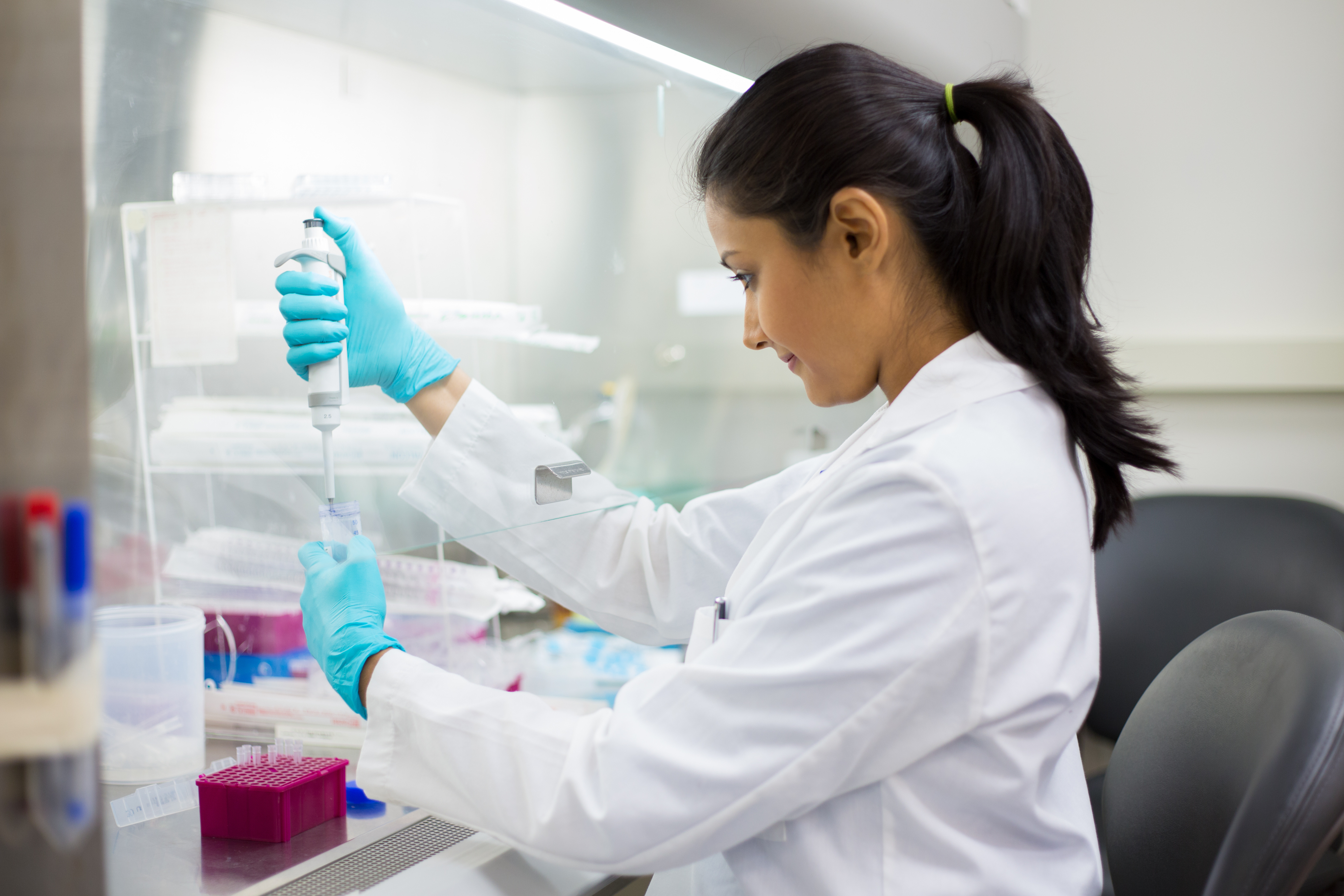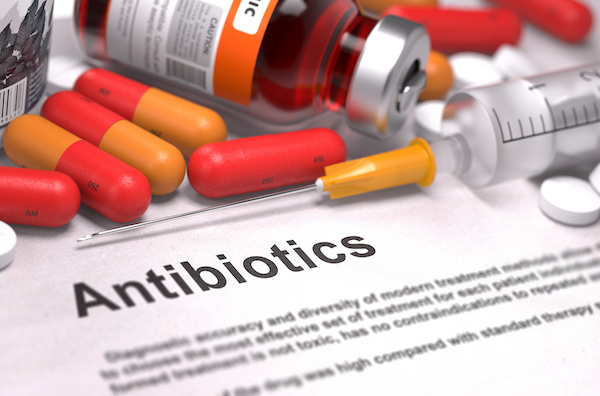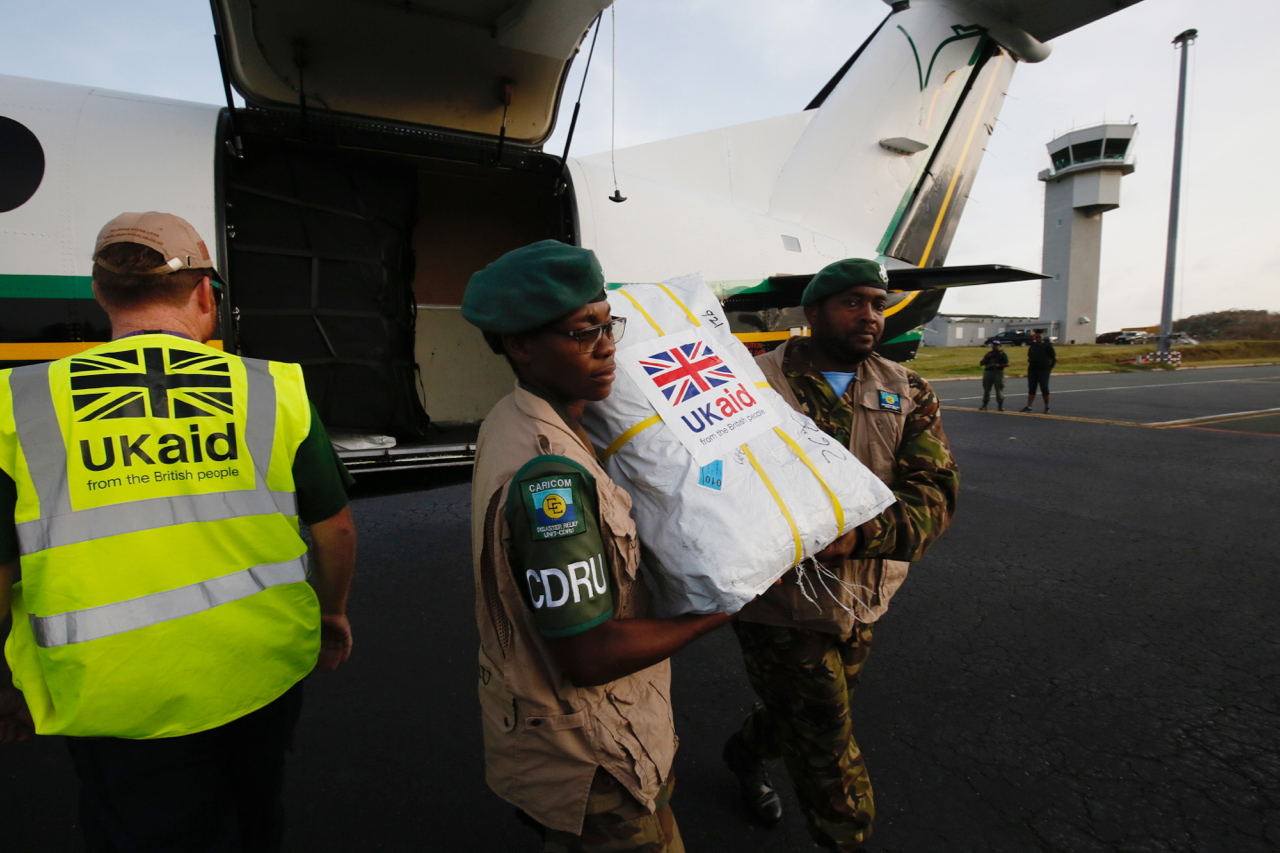Recommended
Anti-microbial drugs form the backbone of modern medicine. Yet their lifespan is naturally limited; over time, use of these drugs selects for mutations that survive exposure those same drugs, driving “anti-microbial resistance,” or AMR. Already, drug-resistant infections kill an estimated 7,600 citizens of the United Kingdom (UK) every year. In the absence of sufficient research and development (R&D) investment for new antimicrobials, deaths from drug-resistant infections could increase dramatically in the coming decade.
To address this growing crisis and solve market failures that prevent the development of new antibiotics, the UK has set up “subscription models” for purchasing antibiotics; this has been applied to two drugs thus far, and the model is under consideration for a broader rollout. In this note, we present the results of a modelling exercise to estimate the likely return on investment (ROI) from an expanded program to incentivize new antibiotics, assuming it is paired with complementary and proportionate efforts from the UK’s G7 partners. The results are necessarily imprecise due to several uncertain parameters, but nevertheless provide evidence of a very high expected ROI that is robust to different inputs and assumptions.
Key messages
- We estimate the benefits to the United Kingdom of a new antibiotic incentive program, which would seek to generate a total of 18 new antibiotics over three decades to treat six priority pathogens.
- We assume that every country in the G7 + European Union pays its “fair share” toward the total cost of $4.5 billion per drug; the UK contribution is 6.4 percent, or $286 million per new drug.
- The incentive payments would be spread over 10 years and following fulfilment the UK will be able to procure the new antibiotic for close to marginal cost.
- Over 10 years, such a program would save 4,600 lives and generate $1.83 billion in total benefits for the UK, for an ROI of 2.5:1.
- Over 30 years, such a program would save 88,400 lives and generate $28.3 billion in total benefits for the UK, for an ROI of 11:1.
- The global return on investment is much larger, at 27:1 over 10 years (with 518,000 lives saved); and 125:1 over 30 years (with 9.9 million lives saved).
Read the full brief.
Rights & Permissions
You may use and disseminate CGD’s publications under these conditions.







